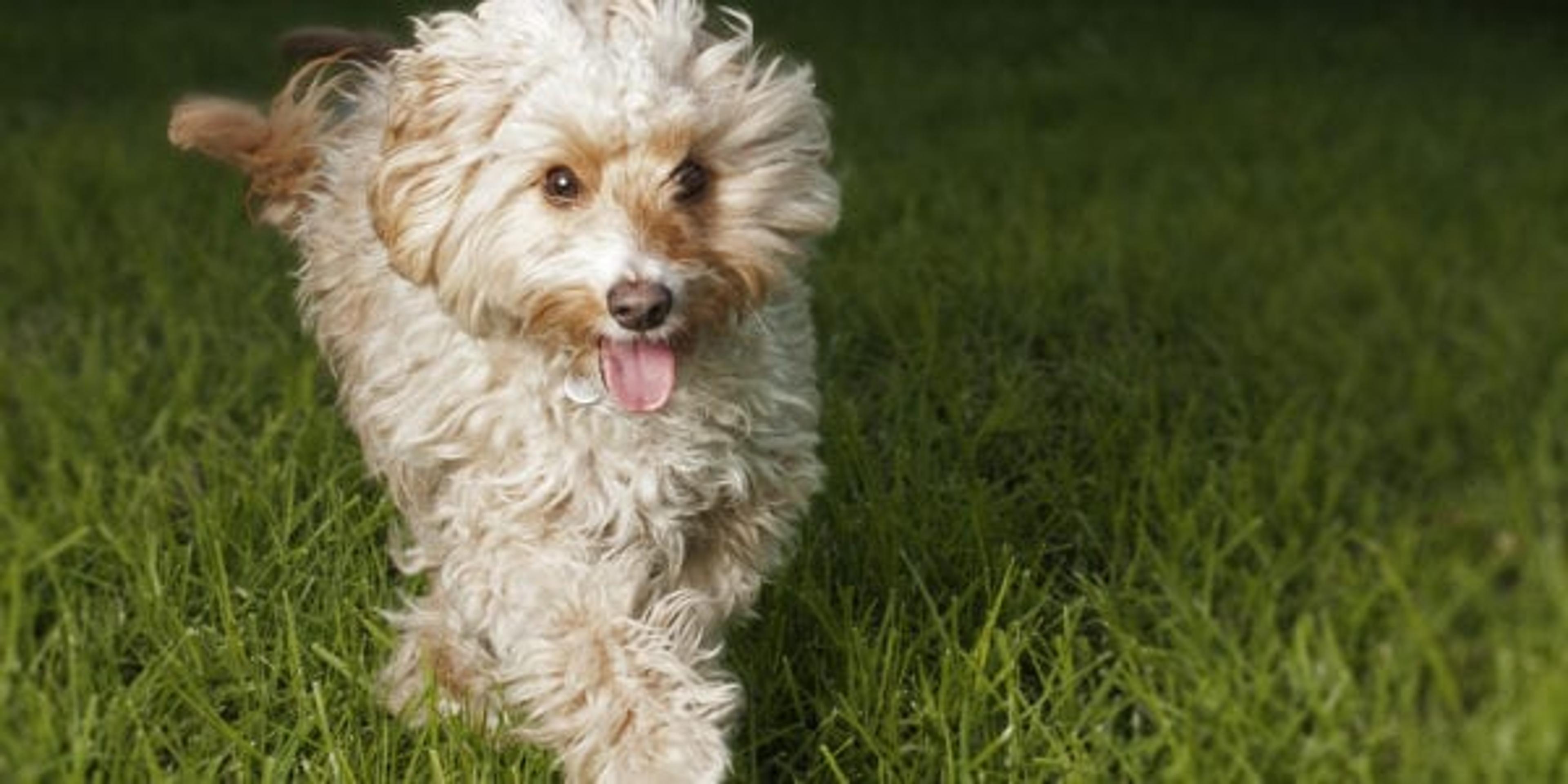Your ultimate running buddy
3 min read

Chances are, your dog already plays so many roles in your life: best friend, protector, therapist. Well here’s one more to add: running partner! Regular exercise is just as important for your dog’s health as it is for yours. By pounding the pavement together, you and your dog will both benefit from improved cardiovascular fitness, bone and muscle strength and healthy weight management. You’ll also discover that it’s nearly impossible to say no to puppy-dog eyes if you’re tempted to bail on a workout.
That said, it can be tough to get started. Maybe your pup transforms every walk around the block into a 30-minute start-and-stop adventure as he pauses to sniff each overturned stone. Or perhaps he prefers to charge ahead, dragging you along for the ride. Although it might take some patience and persistence on your part, you can transform almost any dog into a runner with these tips:
Consider your dog. Most, but not all, dogs are born to run. Every pooch needs regular exercise, but certain breeds, such as short-nosed bulldogs and giant Great Danes, aren’t built for extended runs. Your dog’s age is important, too. Long-distance workouts aren’t healthy for young and developing pups or older dogs. Experts advise owners to wait until their dog is fully grown (usually around 18 months) before starting a running routine.
Start slowly. First, make sure your dog is well-behaved on his leash. He should stick to one side and not dart or pull. Always start with a warm-up walk and let your pup do his business. Once you get going, ease into faster speeds and longer distances, taking your dog’s fitness level into consideration. Experts recommend starting your canine training plan with a half-mile to a full-mile run every other day, gradually increasing the length of your run each week to build your dog’s endurance and strength.
Watch closely. Your pup can’t speak up if he’s tired or injured, and he’s loyal enough to follow you past the point of exhaustion. If your dog is struggling for air or breathing loudly, slow your pace or walk. Pay close attention to your dog’s footpads for signs of excessive wear or cracking, and avoid hot surfaces and trails with sharp rocks. It’s best to time runs in the morning or evening when it’s cooler and to stay home on hot and humid days.
Bring water and snacks. Carry water for your pup or know where to find accessible water fountains on the trail if you plan to run longer than 45 minutes. This is especially important on hot summer days. It’s also a great idea to bring high-protein treats on long runs to keep up your pup’s energy levels, since his endurance relies on fat-based fuel.
Do you love to run with a canine companion? Share your tips to get started!
This blog post is part of #HealthyMe, a personalized web experience based on your health and wellness goals. To sign up today, visit https://www.ahealthiermichigan.org/healthyme.
Photo credit: chris jd









